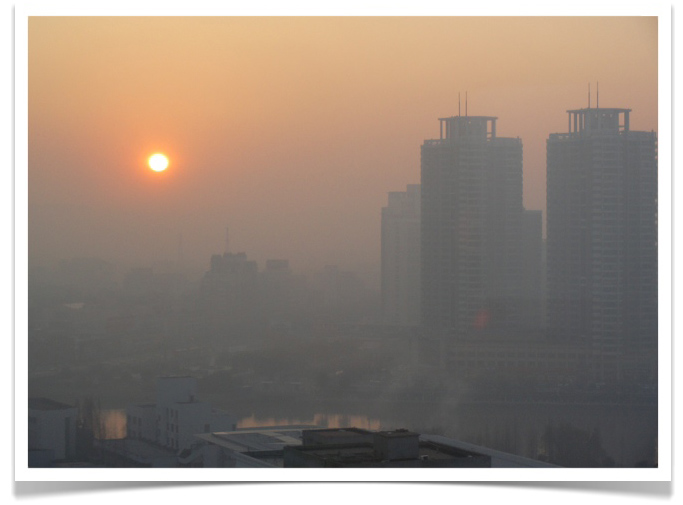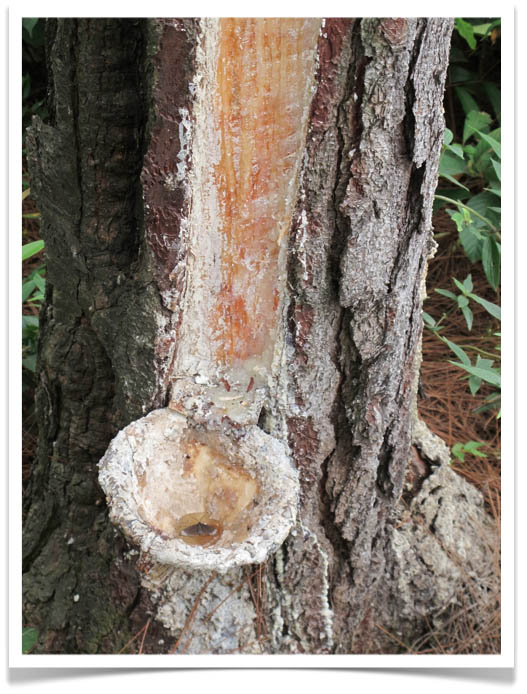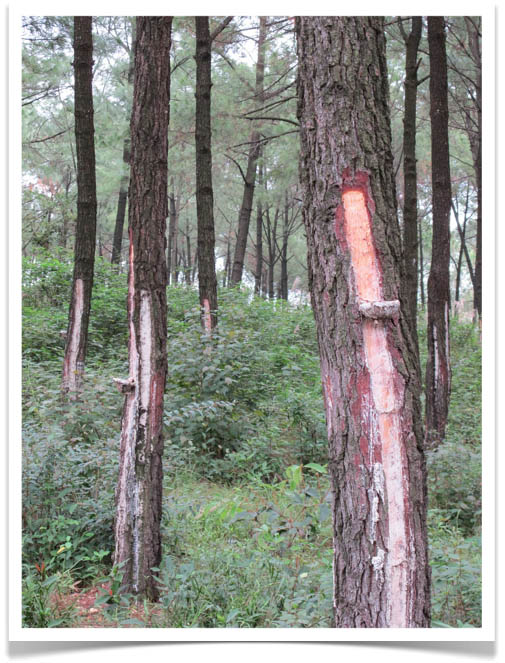
I interrupt this blog for a public service announcement:
"Even reluctant observers find it obvious by now that in a finite and overexploited world, endlessly increasing material wealth for an endlessly increasing number of humans is a suicidal dream. That leaves us in the short term with two choices: to continue insisting that humans come first, though we know that only a few of those humans will ever enjoy the delusion, or to relinquish the ideal of a global ecology owned and controlled by human beings. In the long run, of course, the self-policing biosphere will edit any choice we make, and its list of alternatives is shorter".
-Robert Bringhurst
The Tree of Meaning: Language, Mind, and Ecology (2008)
[NOTES: Bringhurst is also the author of the classic, The Elements of Typographical Style, one of my favorites. Image is from China.]
 Friday, April 29, 2011 at 9:54AM
Friday, April 29, 2011 at 9:54AM 










